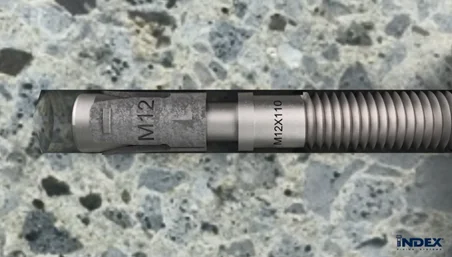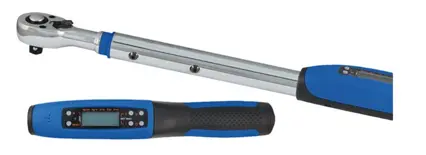Certain anchors need installation torque. This torque allows one of the anchoring elements (normally a clip or sleeve) to expand within the hole in the base material, exercising pressure on the internal walls and ensuring fastening through friction. This link shows how expansion occurs in an MT anchor.

The torque should be applied in a controlled manner using a calibrated torque wrench, within the parameters cited in the product’s technical documentation.

Where the installation torque is applied without a calibrated torque wrench (for example, by using a standard wrench), this can result in the expansion into the base material being greater or lesser than that required by the manufacturer, neither of which is desirable.
The effects of this incorrect tightening could be as follows:
- Lesser torque than is recommended may mean that the force on the internal walls is too low, thus creating insufficient friction to transmit the load, potentially causing premature slippage of the anchor or the fastened piece to become loose.
- On the other hand, excessive torque could result in an over-expansion of the anchor which may have various consequences:
- Anchor breakage. Applying excessive installation torque may mean that you exceed the steel’s yield strength, causing it to break. This is especially prevalent in smaller steel anchors, for example M6 and M8, as they have a smaller cross section and therefore the torque required in installation is relatively low.
- Cracking of the base material. Excessive expansion of the anchor may result in a significant compression of the base material, which can cause pry-out and cracking.
- Seizure of the anchor’s moving parts. Excessive pressure of the expansion element (the clip or sleeve) on the shaft may cause a cold weld or seizure between the elements, meshing together the moving parts. This is especially serious in anchors in place on cracked concrete – when there is a crack in the walls of the hole into which the anchor is to be installed, the expansion element needs to subsequently expand even further to fit the internal faces of the drilled hole. Where a cold weld is produced between the clip and shaft, it cannot then expand again, which will result in anchor slippage and failure at a lower load than it was designed for.
Latest revision: FAQ6 rev0

